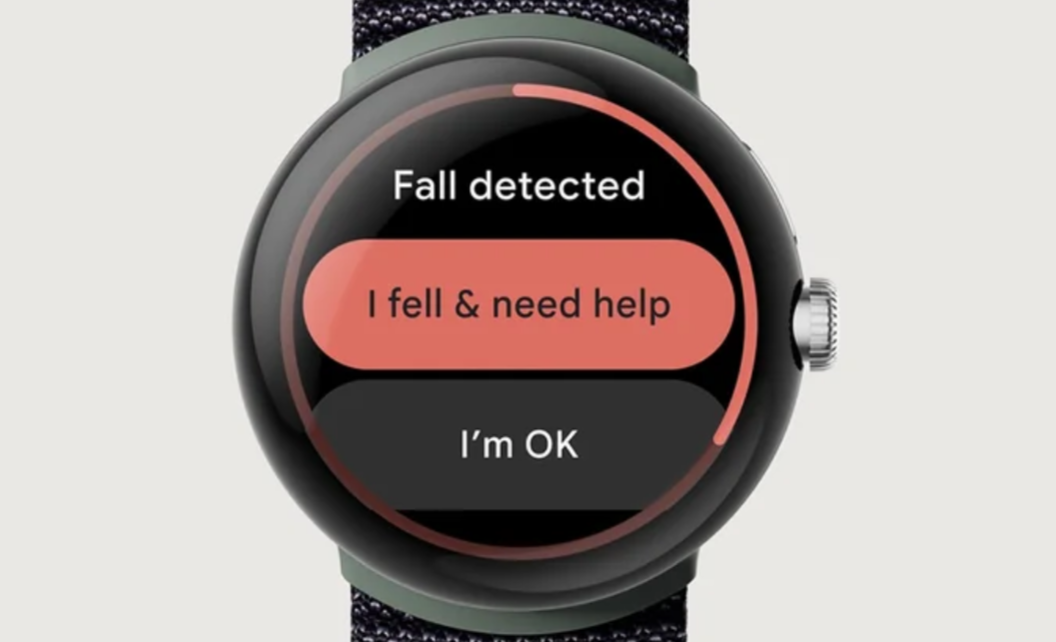Google’s Pixel Watch has unveiled Fall detection, giving users more ways to keep safe and get help when you need it most. It’s a feature already available in many versions of the Apple Watch.
Once activated, fall detection in the Pixel Watch uses motion sensors built in to the watch and on-device machine learning to determine if you’ve taken a hard fall and will call emergency services if you don’t move or respond within a certain timeframe. You can turn the feature on in the ‘Updates’ page on the Watch Companion app or directly on the Pixel Watch in the Personal Safety app.
If you take a hard fall and your watch detects you aren’t moving for about 30 seconds, it will vibrate, sound an alarm and display an on-screen notification to check on you. If you’re able to, either tap ‘I’m OK’ on your watch face to dismiss the notification or tap ‘I fell & need help’ to be connected to emergency services right away.
Otherwise, the alarm will continue for about a minute, getting louder in the final few seconds. If you still haven’t responded, your watch will automatically attempt to call emergency services and play an automated message that requests help to wherever you are.
You can also speak to the emergency operator yourself, if possible, to let them know whether or not you need help.
Worried that doing burpees or hitting the ski slopes will trigger an accidental emergency call? The Pixel Watch knows the difference between taking a hard fall and performing a vigorous physical activity or even quickly recovering from a small stumble — thanks to machine learning algorithms and testing. The motion sensors and algorithms can monitor for a sudden impact and your body’s responses and instinctive reactions to falling. We trained this process using a broad variety of human and simulated fall data and other motion patterns to accurately detect real falls and minimize potential false alarms.
Google says it has also tested this feature against high-energy activities that involved impact, sudden drop or excessive arm movements — think activities like burpees, jumping or swimming — to avoid those types of activities from triggering a false notification. And we worked with emergency dispatch services to test that calls were smoothly connected and the automated messages were as helpful as possible for everyone involved.



